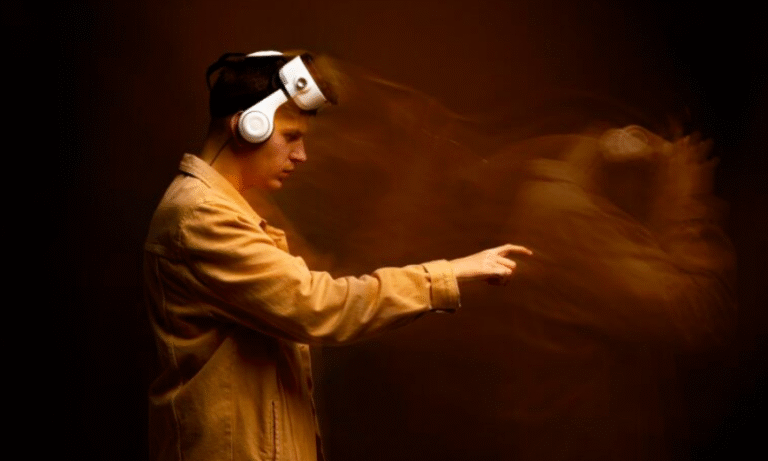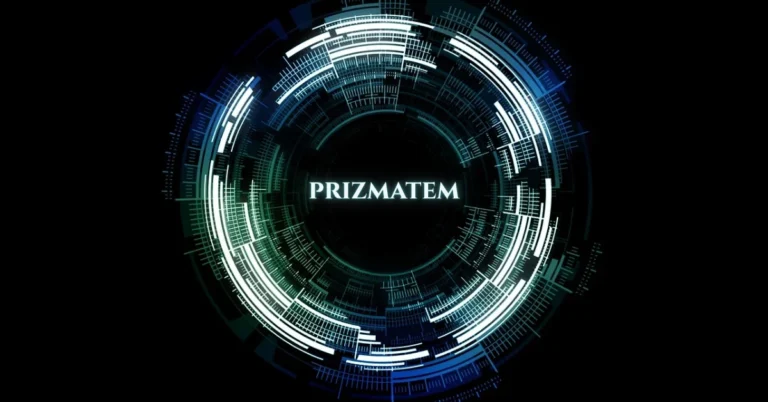Laaster: The Dynamic Bridge Between Tradition and Tomorrow
Change defines every era, but few ideas capture both continuity and progress quite like laaster. It’s more than a buzzword—it’s a worldview and a working model. In a moment where milliseconds shape markets and centuries of culture shape identities, laaster offers a rare harmony between speed and soul. It teaches that innovation is sustainable only when it respects heritage, and that heritage thrives when it learns to innovate.
Understanding the Essence of Laaster
At its simplest, laaster unites two core forces: cultural resilience and technological intelligence. Culturally, laaster speaks to our instinct to adapt—to bend without breaking, to evolve without erasing who we are. Technologically, it describes systems built for instant response, zero lag, and seamless scaling. The dual spirit of laaster gives it a broad reach: it’s both a philosophy of growth and a framework for design, balancing humanity’s oldest wisdom with its newest tools.
From Ancient Resilience to Digital Reflexes
Long before the term existed, the idea behind laaster guided generations. Ancient farmers shifted crops with the seasons; artisans merged old techniques with new materials. These were early acts of laaster—learning to endure by changing just enough. Over centuries, that resilience evolved from physical survival to creative survival: communities kept their identities alive by reinventing them. In today’s context, that same adaptability powers technology companies, education models, and global sustainability efforts.
Core Principles That Define Laaster
Adaptability. Change is inevitable; response is optional. Laaster prizes readiness—the ability to pivot fast without losing integrity.
Resilience. Challenges aren’t interruptions; they’re training grounds. The laaster mindset treats friction as fuel for mastery.
Balance. Progress doesn’t have to mean replacement. Laaster insists on harmony between innovation and preservation, speed and sustainability.
In the arts, these values show up as fusion genres that blend tradition with digital media. In organizations, they appear as agile strategies that maintain culture while scaling operations.
Laaster in Today’s Tech-Driven World
As cloud systems, AI, and 5G accelerate, laaster becomes a blueprint for survival. It reminds engineers and leaders that performance isn’t only about raw speed—it’s about responsiveness and trust. In digital systems, laaster shows up as low-latency architecture—code and hardware designed to process information in real time. That’s why milliseconds matter in streaming, gaming, and finance: users equate instant feedback with quality.
Laaster technology frameworks often include:
- Smart routing and real-time data handling to cut delay.
- Auto-scaling for global traffic bursts.
- Built-in encryption for security that doesn’t slow performance.
- Predictive analytics that adapt systems before bottlenecks occur.
This synthesis mirrors laaster’s cultural side—adapting before breaking, responding before failing.
The Human Benefits of Laaster Thinking
For businesses, laaster translates to reliability. E-commerce sites load faster, finance apps clear payments instantly, and downtime plummets. Lower friction equals higher loyalty.
For users, it means confidence and comfort: streams that don’t buffer, games that don’t lag, and services that just work.
For innovators, laaster unlocks creative freedom. Developers can test, deploy, and recover swiftly, while artists merge media forms without constraint.
In essence, laaster isn’t just about how fast a system runs; it’s about how smoothly people move within it.
Beyond Tech: Cultural and Social Power of Laaster
Education That Adapts
Schools applying laaster principles blend heritage learning with adaptive technology—AI tutors that tailor lessons, but curricula that preserve context, language, and culture. Students learn to innovate while knowing where they come from.
Creativity That Honors Roots
Artists practicing laaster fuse traditional crafts with digital methods. A sculptor might combine clay and 3D printing; a musician layers ancient rhythms over electronic beats. The result: art that feels timeless yet new.
Sustainability and Community
Laaster supports eco-innovation. Green startups build circular systems—reusing materials, designing for longevity—echoing the laaster idea of endurance through renewal. Communities revive traditional farming while using drones for monitoring soil health. This cooperation of old and new defines a sustainable future.
Challenges in Applying Laaster
Adopting laaster isn’t effortless. It requires investment—in both infrastructure and mindset. Legacy systems can resist real-time transformation. In under-connected regions, weak internet limits performance gains. And culturally, some see laaster’s philosophy as too abstract until results prove its worth. Yet these challenges are transitional; education and experience tend to convert skepticism into advocacy.
Laaster as an Innovation Strategy
Organizations embedding laaster into their DNA gain resilience that outlasts hype cycles. Startups apply it to scale fast without fragility. Global corporations use it to balance automation with human oversight. In innovation labs, laaster guides design: build light, test early, recover fast, and keep users in the loop. Human-centered innovation—one that respects emotion as much as data—becomes the true edge.
Sustainability: The Ethical Core of Laaster
Laaster pushes technology toward responsible efficiency. Less latency means less wasted energy. Smarter processing lowers carbon output. Cloud providers embracing laaster principles distribute workloads intelligently, reducing the footprint of peak demand. As governments and companies chase net-zero targets, laaster offers both a framework and a metaphor: progress that doesn’t deplete its source.
Future Horizons for Laaster
Technically, the future of laaster will merge with AI and edge computing. Systems will predict needs before humans notice them—banking apps pre-approve safe transactions, or hospitals adjust care in real time.
Culturally, laaster will shape identity in global education and digital heritage projects. Communities will preserve languages and stories through interactive tech that embodies laaster’s balance of memory and motion.
Socially, the philosophy may guide ethical standards for automation, ensuring humans remain at the center of innovation.
Conclusion: Living the Laaster Way
Laaster isn’t a product to buy—it’s a principle to live. It challenges individuals and institutions to evolve without erasing what came before. In business, it speeds decisions; in art, it deepens meaning; in culture, it keeps identity alive. The future will belong to those who practice laaster naturally—fast yet thoughtful, ambitious yet rooted. To move forward without losing ourselves, we must remember what laaster teaches: resilience is not resistance—it’s renewal.
FAQs About Laaster
1. What does the word laaster actually mean?
Laaster symbolizes endurance and transformation. It represents the fusion of cultural resilience with real-time technological adaptability.
2. How is laaster used in modern technology?
In tech, laaster refers to systems that prioritize speed, low latency, and stability—like financial networks, streaming platforms, and smart-city infrastructures that react instantly to data.
3. Can laaster apply outside of technology?
Yes. In culture and education, laaster encourages blending old traditions with modern methods—protecting heritage while enabling progress.
4. What makes laaster relevant to businesses today?
Laaster helps companies scale faster, recover quicker, and maintain reliability, turning agility into a lasting competitive edge.
5. Is laaster just a concept, or can it be implemented?
It’s both. Philosophically, it’s a mindset of adaptive resilience. Practically, it’s a design approach for systems, communities, and organizations seeking to stay fast, flexible, and sustainable.
Final Thought: Whether you’re building networks or nurturing communities, laaster reminds us that true innovation honors the past while accelerating the future—a philosophy fit for the next century of change.






